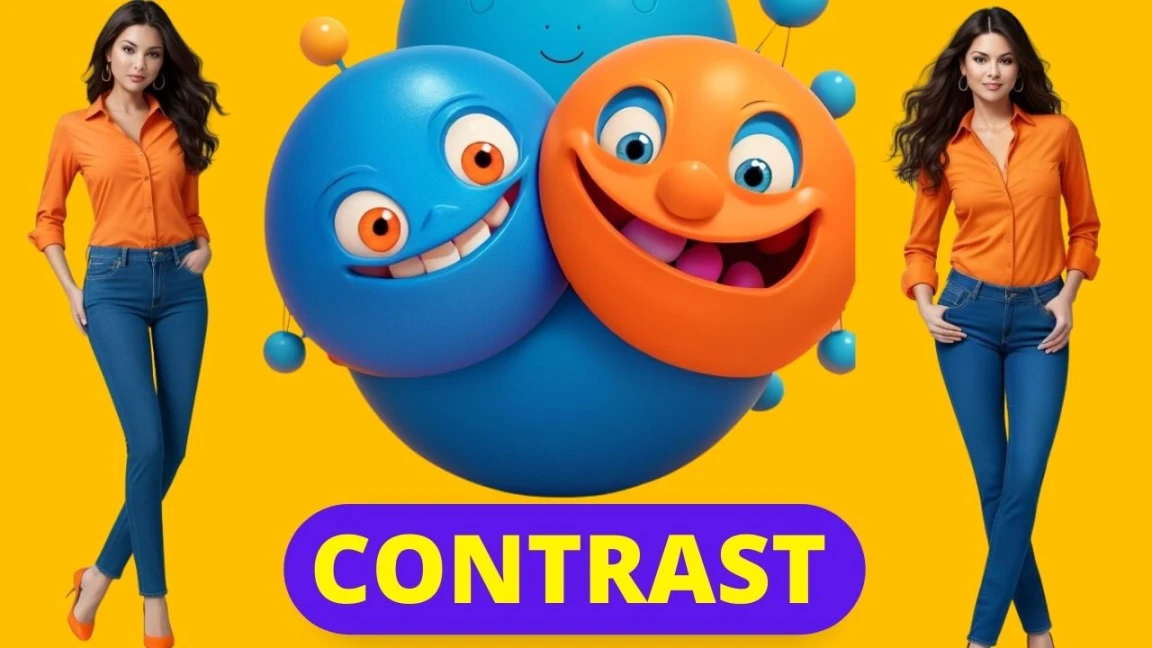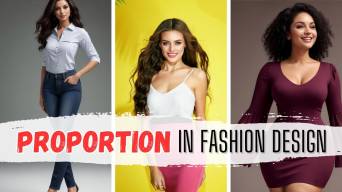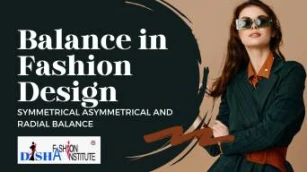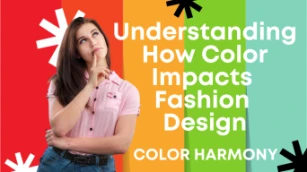Table of Content
What is Contrast in Fashion Design?
Contrast in fashion design uses different elements of fashion such as colours, textures, shapes, patterns, materials, styles or details. It is one of the most potent design principles to create visual interest and highlight differences within an outfit. For example, a blouse is tailored by combining two different colour fabrics. In such cases, the use of ‘contrast’ drives the viewer’s eyes to re-evaluate the importance of one area of focus against another and relieves the boredom of an all-over effect. Among all principles, colours catch our attention most, and we pay attention to the features and details they frame. The placement of contrasting elements requires in-depth consideration, thus becoming a focal point and helping to achieve a captivating dynamic balance within a garment.
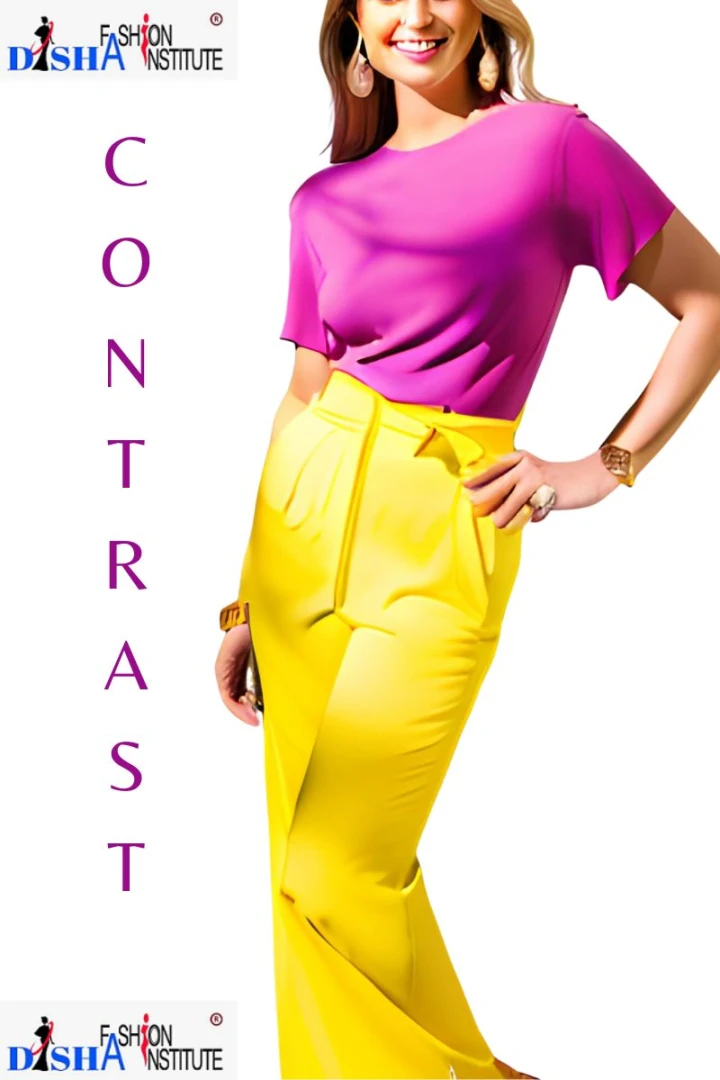
Different Types of Contrast
As Contrast can involve different elements, we can divide it into some common categories:
Colour Contrast
This refers to pairing colours of different hues, tones, intensities, temperatures and values. High colour contrast (for example, white + black) creates a bold, captivating effect. On the other hand, low colour contrast involves different colours from the same tone, making a subtle and cohesive look.
Understand Colour Contrast and its application to fashion design in detail. Click on the below button to explore.
Colour Contrast in Fashion Design
Textural Contrast
It refers to the use of different textures in a garment. This kind of Contrast can be achieved by combining smooth and rough fabrics, shiny materials with matte ones, or flowing fabrics with structured and rigid ones.
(A perfect combination of different textures and fabrics: soft flowing fabric underneath, shiny silk gown paired with a fur collar)
(Different textures have been formed in this GOT costume by using white fur and red fabric underneath)
Silhouette Contrast
Contrast in Fashion Design can be achieved by combining different silhouettes and proportions. You can pair fitted tops with wide-leg trousers.
Or a flared dress with a structured blazer.
Pattern Contrast
Pattern contrast is a great choice for contemplating patterns. It can involve mixing stripes with floral motifs or a camouflage jacket with floral motifs.
Here is a brief idea about patterns.
Material Contrast
This Contrast is like textural Contrast, which involves a combination of different fabrics and materials within an outfit. Combining leather or denim with lace or wool with silk can create a brazen contrast.
Style Contrast
You may make a contrast by juxtaposing different styles of different eras. Blending medieval or vintage elements with modern techniques from different cultures can lead to innovative, trend-setting designs.
Importance of Contrast in Fashion Design
There are many reasons for Contrast being such an essential and influential element in design. Here are some of those you will know why it is
- Contrast adds visual interest and excitement to a design, making the outfit more eye-catching, appealing and captivating.
- It also helps designers to emphasize specific features or focal points in a garment. It helps to achieve dynamic balance and unforgettable harmony in it.
(Emphasizing is also a kind of Contrast)
- Utilizing Contrast enables individuals to express their personal style and create unique looks.
- It also helps wearers express their personalities and evoke emotions and communicate. For example,
A high-value Contrast looks authoritative and formal, while a low-value Contrast makes one approachable.
(HIgh value contrast)
(low colour value contrast)
A high colour contrast looks more social, dramatic, and exciting, while a low colour contrast is more calming, soothing and formal.
(low colour contrast)
An overall dark contrast offers an alpha-like aura and bossy vibes.
Developing Contrast Ideas
Having good ideas and an understanding of contrast principles is helpful for designers to make some masterpieces. For this, you require observation, research, experimentation and a willingness to think outside the box. Here are some tips you can follow and cultivate your ideas:
- Observe the billboards on streets and fashion mags, and follow the fashion influencers’ posts on social media. Think how they combine two opposites.
- Keep a close eye on the latest fashion trends and those of different periods and cultures. Attend fashion events and observe collections from designers and fashion houses. Analyze how they use Contrast, employ pattern mixing, silhouettes, and all other elements and principles.
- You don’t have to watch this always. You can get ideas from your surroundings. Look around you carefully. Observe how the other people are dressed. Take note of interesting combinations you see in architecture, nature, and art forms such as paintings, sculptures, graphic designs, interior decor, and even street graffiti.
- Study colour theory and familiarize yourself with the principles of harmony and Contrast. Understanding different colour schemes, such as complementary, analogous, triadic, and tetradic colours, will help you achieve the desired Contrast and harmony.
Learn colour theory and its application
Color Theory and its Application
- Illustrate whatever ideas are there in your mind. Draw figures, adorn them with your ideas, and see how they look on paper.
- Never be tired of playing with textures, colours, shapes, and proportions. Keep on experimenting with different fabrics and materials.
- Engage in discussions and collaborations with fellow fashion enthusiasts. Don’t be afraid to challenge yourself and break away from conventional ideas. Experiment with bold and unconventional contrasts to create unique and sparkly designs. Remember that creativity often involves tiresome steps of trial, error and failure. Learn from each attempt, and continue refining your ideas of Contrast in fashion as you grow as a designer.
Conclusion
Contrast emerges as an indispensable pillar in the realm of fashion design. Its ability to infuse garments with personality, depth and allure is unparalleled. From iconic red carpet moments to everyday style choices, Contrast continues redefining fashion’s creative landscape, proving that it is the captivating dance of opposites in the world of aesthetics.
All Topics on Principles of Design in Fashion
To explore all topics on principles of design in fashion, browse the list of blog posts below and click on the relevant heading to access the articles.
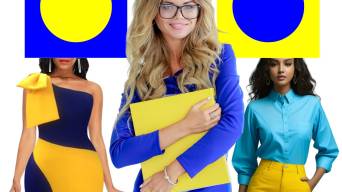
How to Contrast Colors for Clothing
How to Contrast Colors for Clothing | 8 Ways to Create Colour Contrast in Fashion
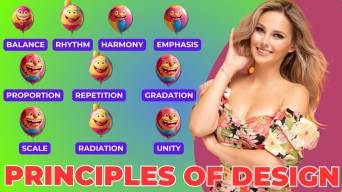
Principles of Design in Fashion
10 Principles of Design in Fashion You Need to Know to Become a Fashion Designer
All Topics on Elements of Design in Fashion
To delve into all the subjects about elements of design in fashion, simply navigate through the list of blog posts below. Click on the headings to access the articles you're interested in reading.
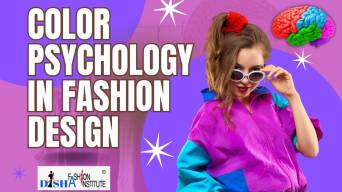
Color Psychology in Fashion Design
Impact of Color Psychology on Fashion Design: Exploring 12 Transformative Role of Color
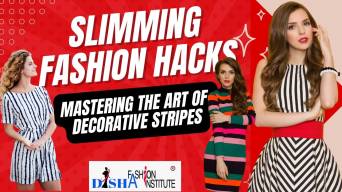
Elements of Design Line in Fashion
Elements of Design | Lines in Fashion | Creating Optical Illusions With Lines
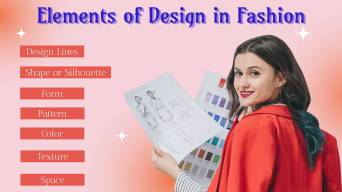
Elements of Design in Fashion
7 Elements of Design in Fashion You Must Understand as a Fashion Designer
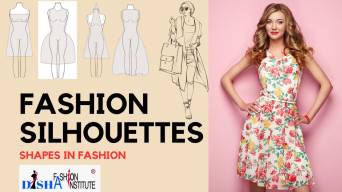
Types of Silhouettes in Fashion
Types of Silhouettes in Fashion | 12 Different Types of Fashion Silhouettes Explained
Explore Free Courses
Begin your fashion journey with our free fashion design foundation course. Dive into the world of style and creation today!
Fashion Designing Foundation Course
Join Fashion Designing Course
Enrol in our certificate courses for fashion designing and textile designing

